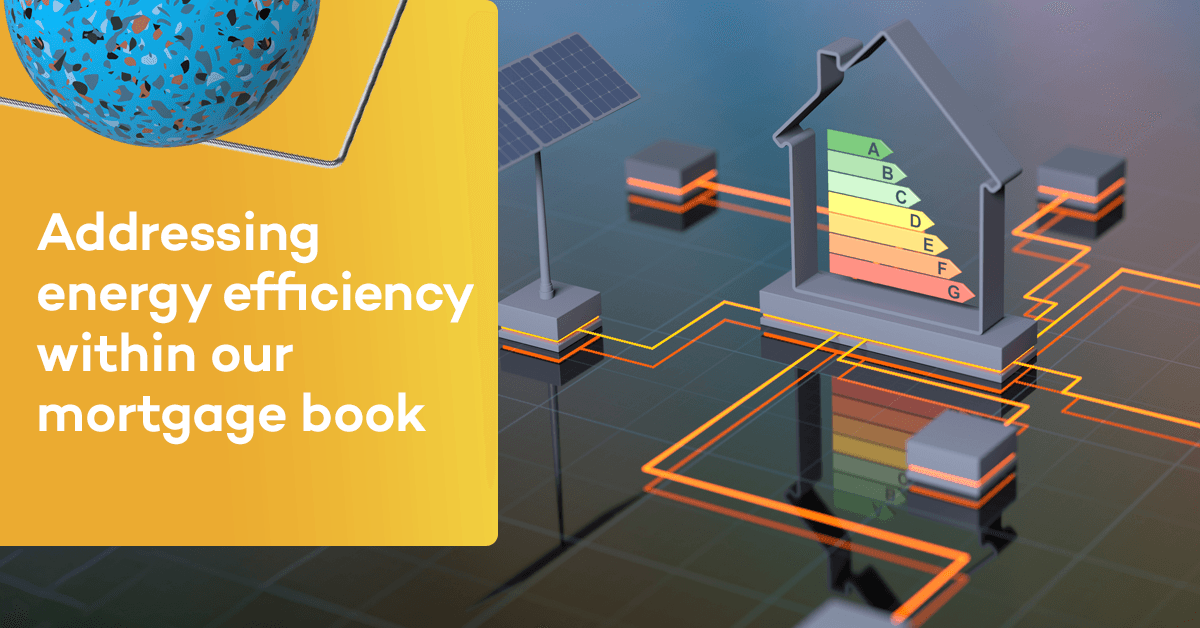Blog
Addressing energy efficiency within our mortgage book
27 June 2022
At the start of this year, we were officially certified as a carbon-neutral business for the offsetting of our greenhouse gas emissions. We’ve reduced carbon emissions as much as possible and it’s now mainly down to the energy used in our head office.
On our behalf, Carbon Neutral Britain offsets our carbon emissions by funding renewable energy around the world including wind, solar, hydro and cook stove projects. These projects focus on providing lasting environmental, social and economic benefits in developing countries and contributing to job creation.
Globally, the aim to be net-zero is of huge importance to our planet and here in the UK, 2050 is the government’s target year to reach this goal.
Property is a big contributor to greenhouse gas emissions, which is why the government has put forward proposals to try to tackle this. In theory, there may be solutions to become more energy efficient but in practice, we have a long slog ahead of us.
Lenders have an important part to play in the climate change scenario and at Landbay we have made a start. As well as being a carbon-neutral company, we have a range of green mortgages. These offer a discounted mortgage rate to landlords who have energy-efficient properties with an Energy Performance Certificates (EPC) rating of A, B or C, either by upgrading them or buying new builds.
But there are other reasons why it is important to get older property upgraded to higher energy efficiency standards. As well as it is the ‘right thing to do’, it will also soon become something people ‘have to do’ and lenders will need to check this, especially buy-to-let lenders.
The Department for Business, Energy and Industrial Strategy (BEIS) is consulting on new regulation that all lenders must have an average EPC rating of C across their entire back book by 2030.
There are also proposals that all rented properties must have a minimum C rating by 2028 but for new tenancies, it is even sooner, currently, the proposed year is 2025. The residential market gets a little longer with homes to be at least C rated by 2030.
Government EPC data shows that 58% of housing in this country is D rated or lower for energy efficiency so this is going to be a massive problem to solve. Within the private rented sector (PRS) it’s even higher at 63.9%, according to Kamma.
Kamma specialises in geospatial technology and we asked them to analyse our entire mortgage book for EPC ratings so we can understand the level of risk. Although we have some properties in our mortgage book that are rated D or below, the good news is that we are below the PRS and the residential sector.
But there is much to be done to address this issue and when we have confirmation from the government on dates for these EPC deadlines, we will be contacting our landlords to bring this to their attention.
